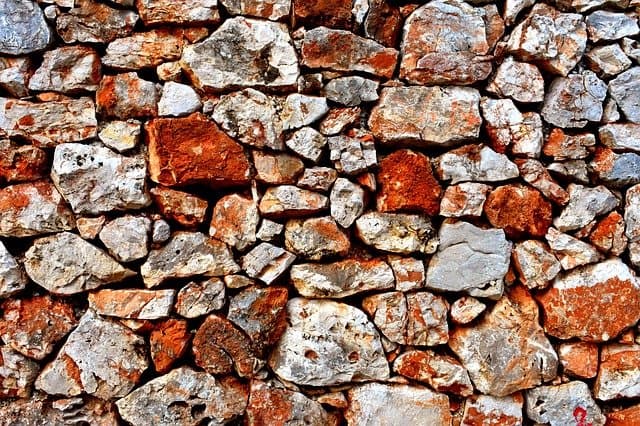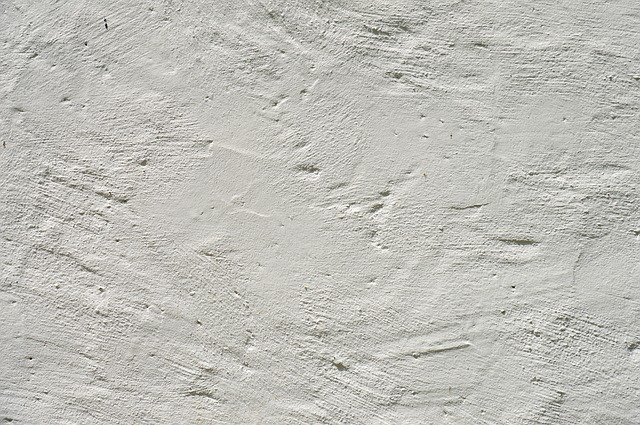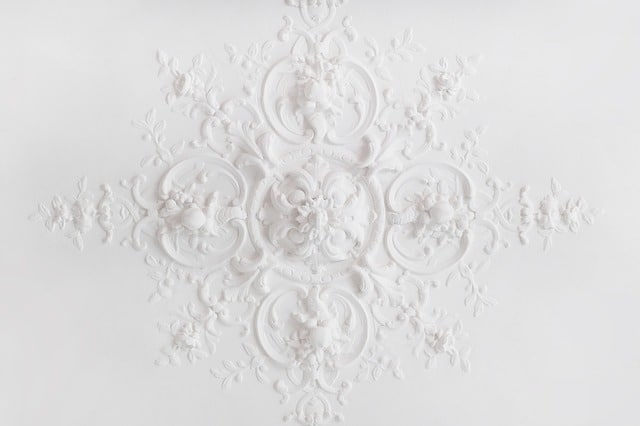Painting Vs Staining Deck – 7 Differences
Below I’ve outlined the key differences between painting vs. staining deck – and equally which one will be the best fit for which surfaces and weather conditions.
Also, I’ve answered this question – it better to stain or paint a deck? Real wood decks will weather with time, but you can use stains for weathered wood to make the outdoor living space beautiful and more inviting.

Compared to brick pavers and concrete, wooden decks will require a higher level of maintenance and care. So, this guide will help you know where to leave it natural, paint it, or stain it.
Painting Vs. Staining Deck – 7 Differences
1. A Natural look – How do you tell if Deck is stained or painted?
Well, wood stains will give you a more semi-solid to transparent opacity – a more natural look compared to wood paints. However, paints will give you a manufactured or refined finish look.
Stains will fill up the wood pores and create a thin film that’ll leave a natural grain finish while the cracks will also see-through. Oil-based deck stains will significantly seep into the wood’s pores but won’t raise the wood grains.
However, paints have many resins and pigments; they’ll fill the wood grams and dry to create an opaque surface that will cover the attractive wood grains besides hiding the wood cracks.
Therefore, if you need to retain the wood’s rustic (or natural) look while also hiding the imperfections, I would recommend choosing a deck stain (they’re opaque and very pigmented) instead of painting.
See Also: Semi-Transparent Deck Stain
2. Cost Consideration
On cost, deck stains are generally cheaper (around $20 to $32 per gallon) compared to deck paints (that sell at around $33 to $65 per gallon). Further, staining, touch-up, and re-coat deck surfaces with a stain are much faster and cheaper.
However, the painting process will take longer since it’ll require that you prime the deck surfaces. Further, points may be expensive since they may flake, crack, or peel, but deck stains won’t be easily affected by such features and won’t chip.
Notably, many commercially available stains will have some preservatives and hence won’t need a primer for effective adherence. Thus, a stain will safeguard your deck from weather-related and moisture hazards – which will make the deck last longer.
3. Variety – Stains Vs. Paints?
Paints will give you a better variety – they’ll come in many hues from crimson, Matte Paint, royal blue, off-white, and chocolate brown. Also, paints come in various sheens and textures, including flat, matte, eggshell, satin, semi-gloss, and glossy.
However, deck stains are specifically created to enhance the natural grains and characteristics of wood and only come in shades of brown or just clear varieties. Further, stains only exist in one sheen or texture and thus will be absorbed by the wood.
Deck stains will get absorbed into the wood, but deck paints will sit on the wood surface. But both paints and stains offer protection to the deck wood but also add color to its finish. But stains will preserve and protect the timber better since it’ll penetrate deep into the wood fibers.
4. Maintenance – Cost and Effort?
Notably, points will be much easier than the stain to maintain – considering both coat and effort. For example, when the points dry, they leave a slick surface that’ll easily sweep off its debris, dirt, and dust.
However, stains only dry to form a matte finish that’ll require more effort in cleaning. However, don’t be tempted to use a pressure washer on the deck as it may gouge your wood.
But for both paint and stains, you’ll require to deep clean the deck surface to remove both mold and bacteria – you’ll apply a deck cleaner with a roller or sprayer but ensure to scrub the spots and rinse using running water – may be from a garden hose.
5. Ease of Application
Generally, you’ll find that stains will be much easier to apply compared to paints. Stains will be thinner than paints, and it’ll soak easily into the wood surface, but paints will sit on the surface.
But for both staining and painting, you’ll need to appropriately clean the deck surface – repair and replace broken pieces and sand between deck boards. For a stain plus sealer in one product, you won’t require an extra topcoat.
Further, you can use a roller or brush to apply one coat of deck stain. No globs from the thin stain will pool on the wood, and since it’s transparent, it won’t leave lap marks.
But before you paint, you’ll require to treat the deck using some wood preservatives and coat it using a suitable primer. You’ll require at least two coats of oil-based or latex paint, but the thick paint will also leave laps and globs on the deck surface – thus will finally require a clean sealer (polyurethane).
6. Longevity – Is it better to stain or paint a deck?
First, deck paints will last for a long time compared to deck stains despite the that both will be affected by different issues such as peeling and chipping for paints and discoloration for deck stains.
However, on stains vs. paints in longevity question – paints are highly durable (may go up to 10 years or more) before needing a re-application. Latex paints (applied using latex paint sprayers) will offer protection against UV rays, while oil-based paints safeguard against moisture damage.
On the other hand, deck stains won’t last long (maybe from 1-8 years), and after this, they may need some re-application to maintain a neat finish on the deck. However, stains won’t offer a high level of protection against UV rays or moisture – but high opacity increases the protection levels.
Conclusion
So, both of these finishes have their unique applications considering your requirements on painting vs. staining deck.
However, to remove paint, you consider paint strippers for wood or equally paint strippers for metal – you may also consider using sandpaper or vinegar to remove paint?
However, deck stains will give the wood a more natural look while paints will offer a color while also filling up the wood pores – better protection against UV rays and moisture damage.





